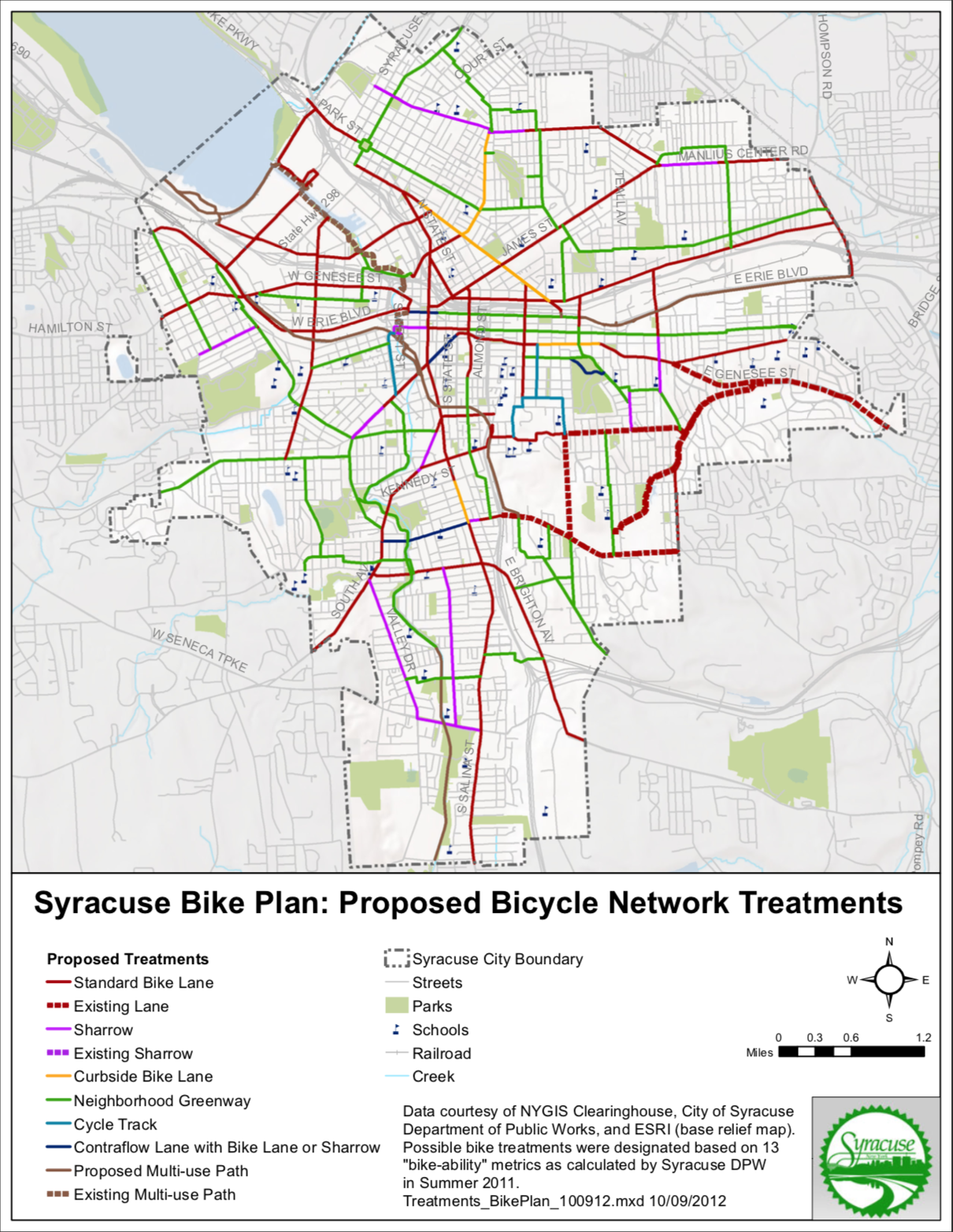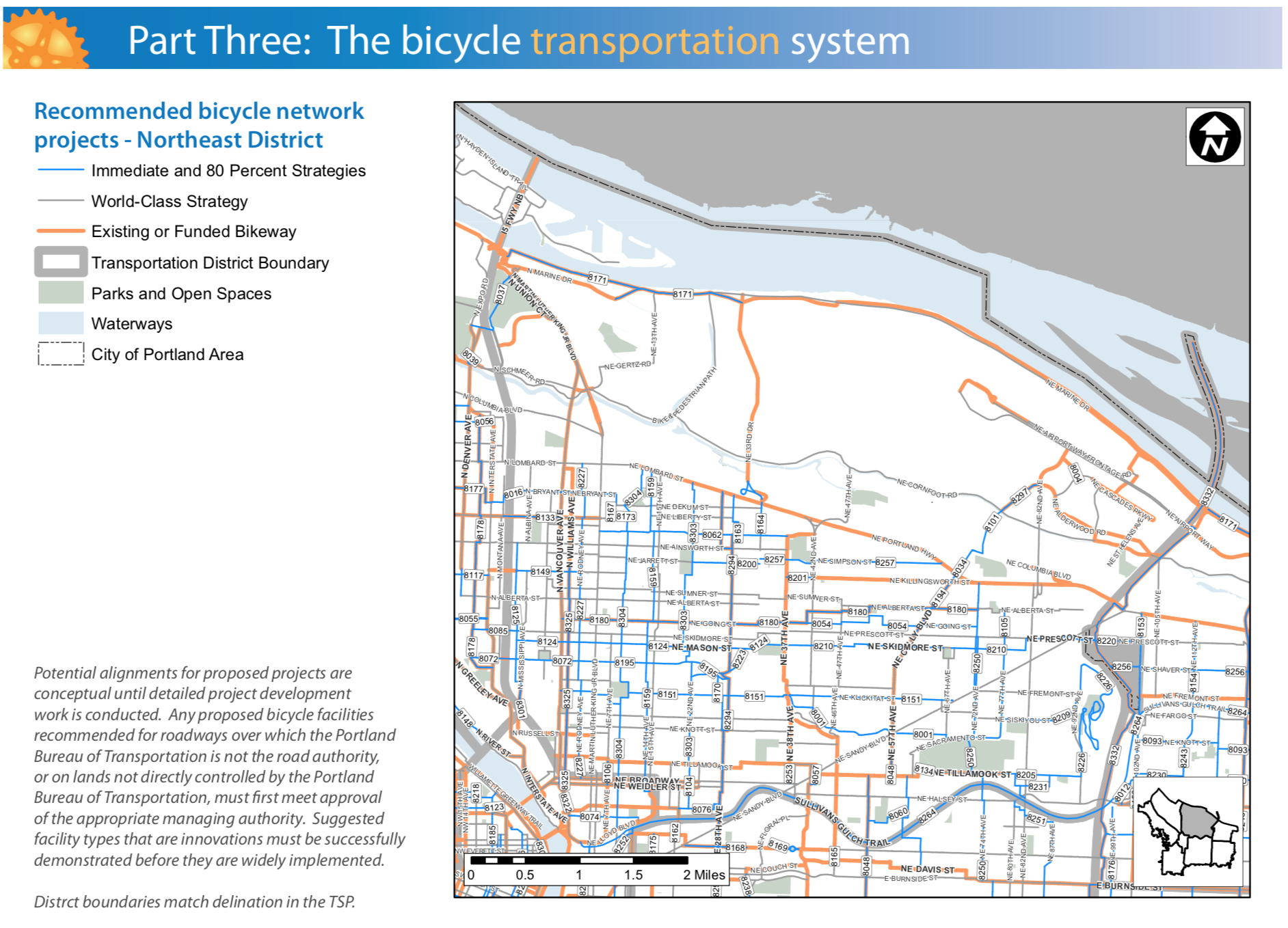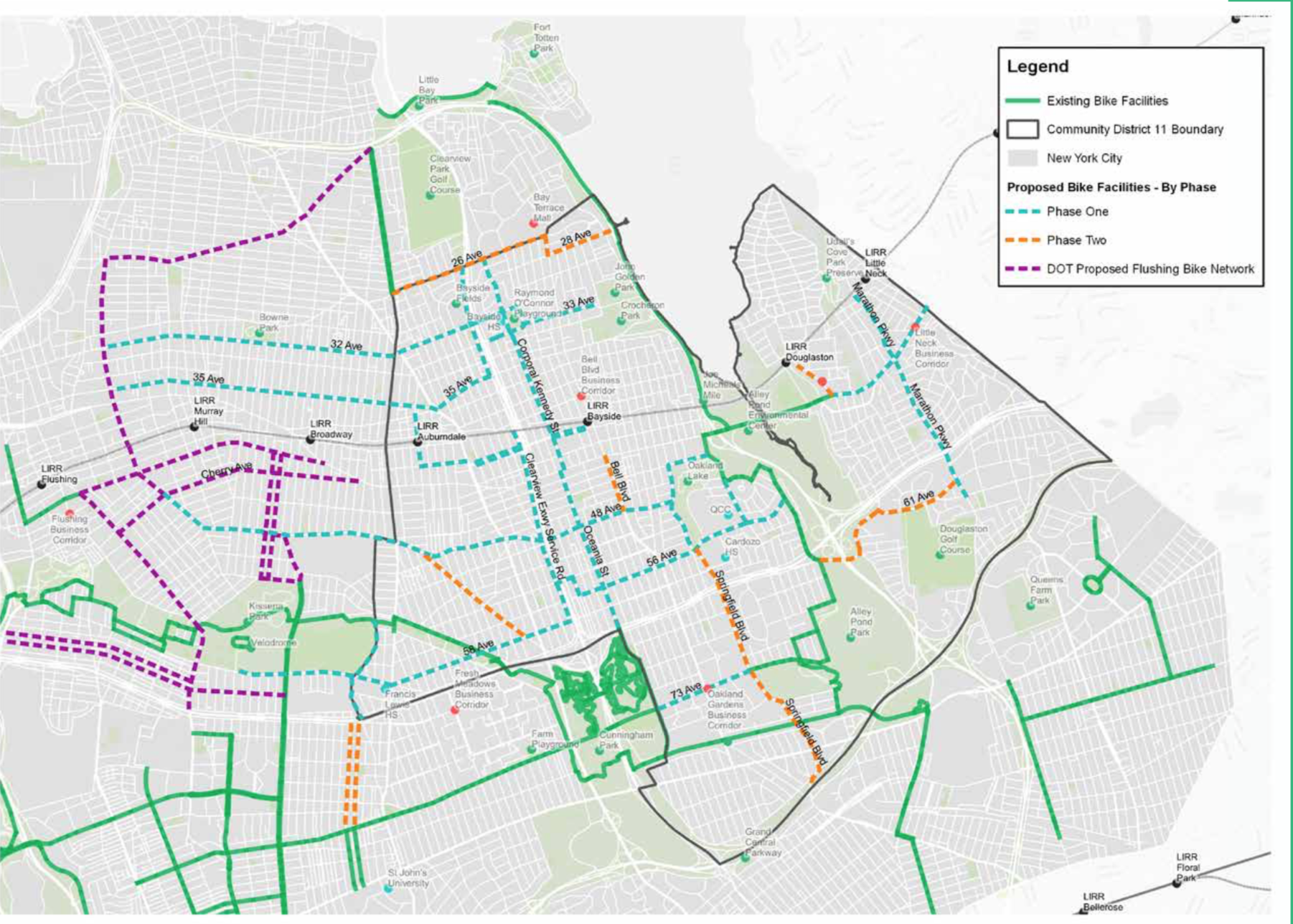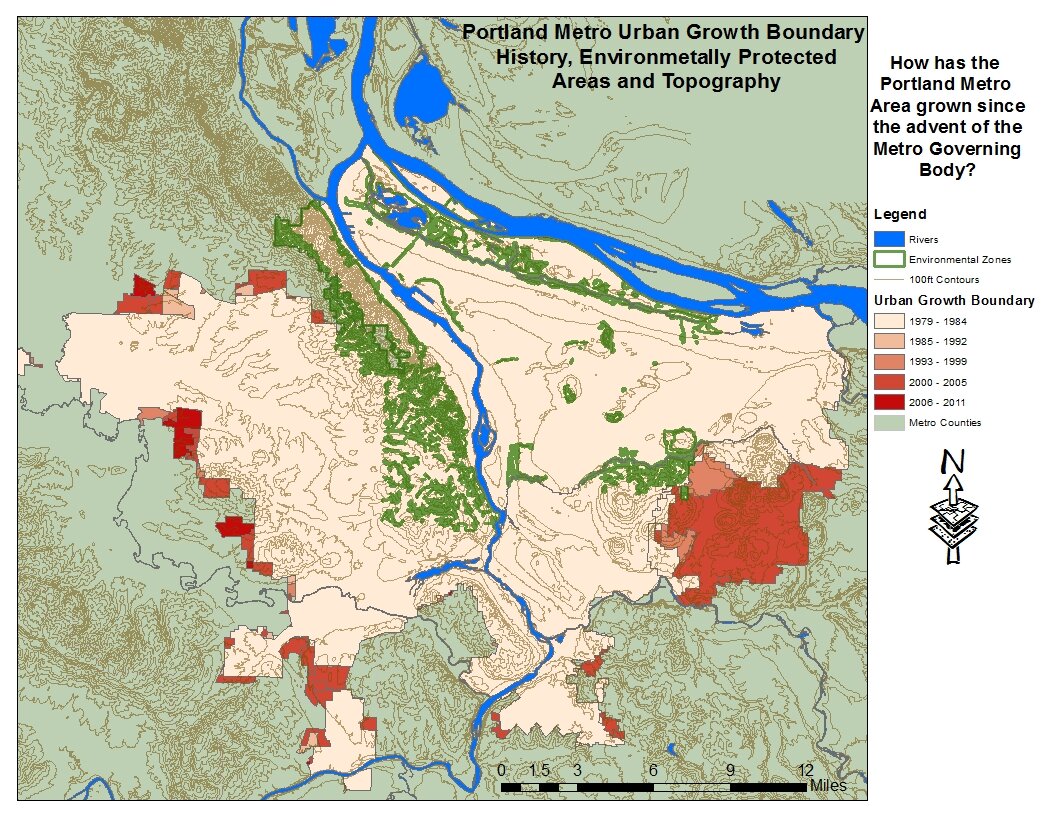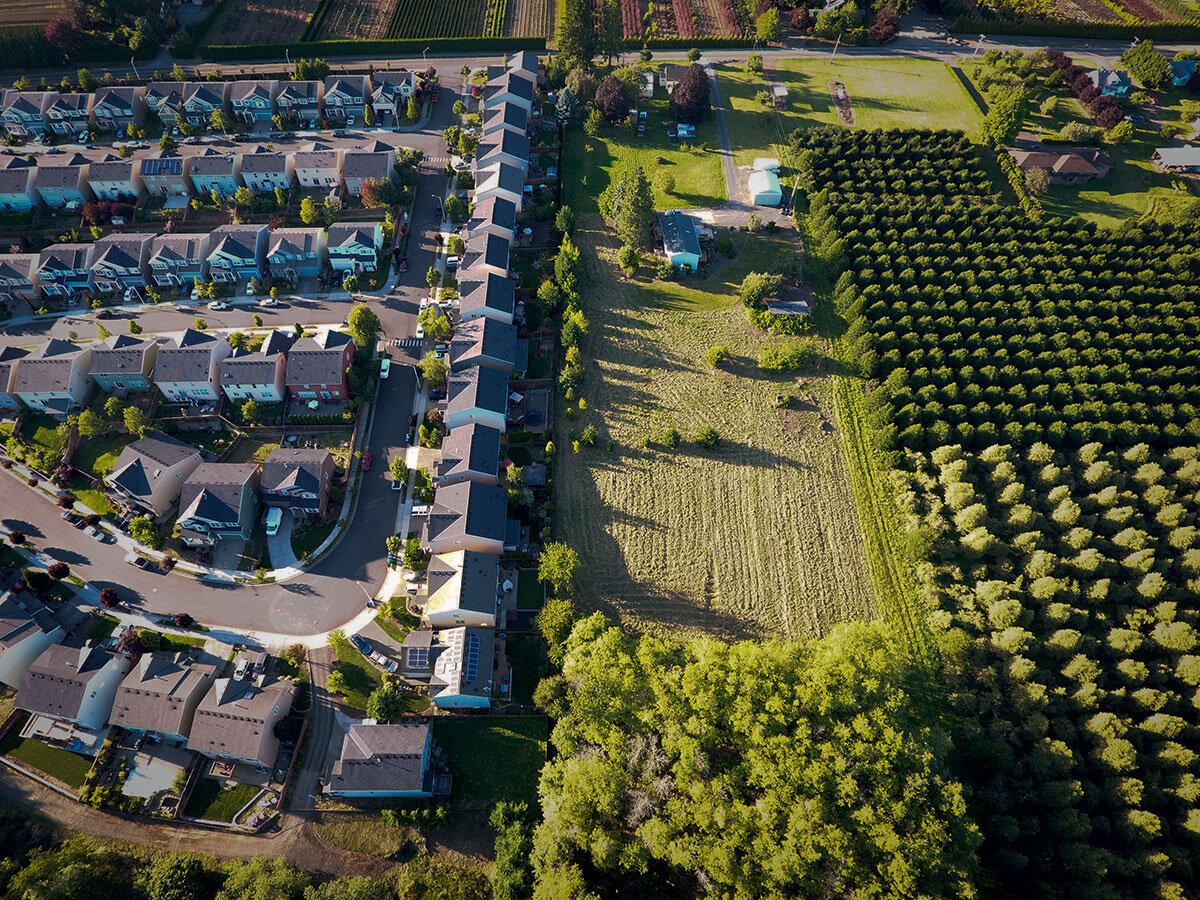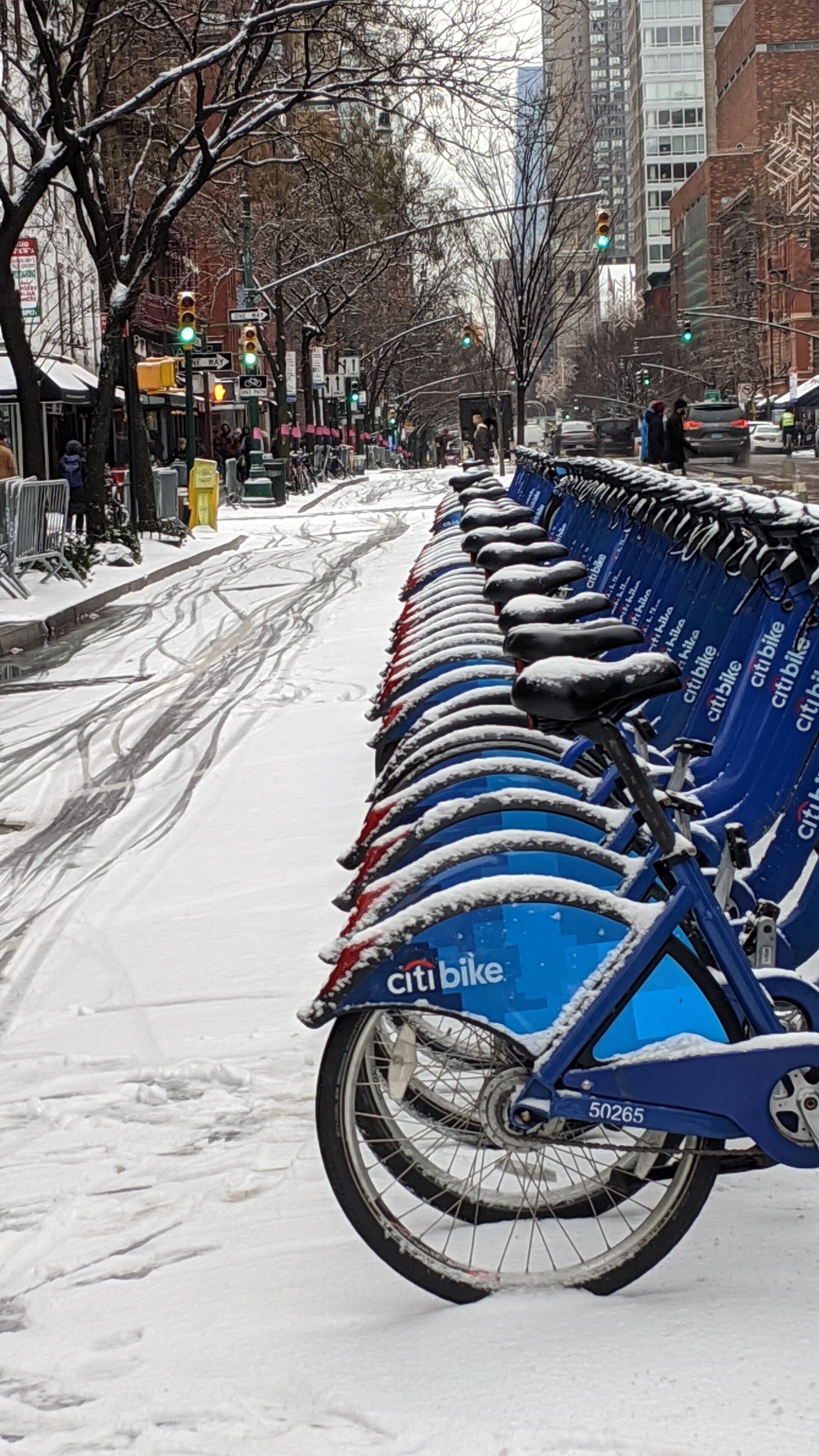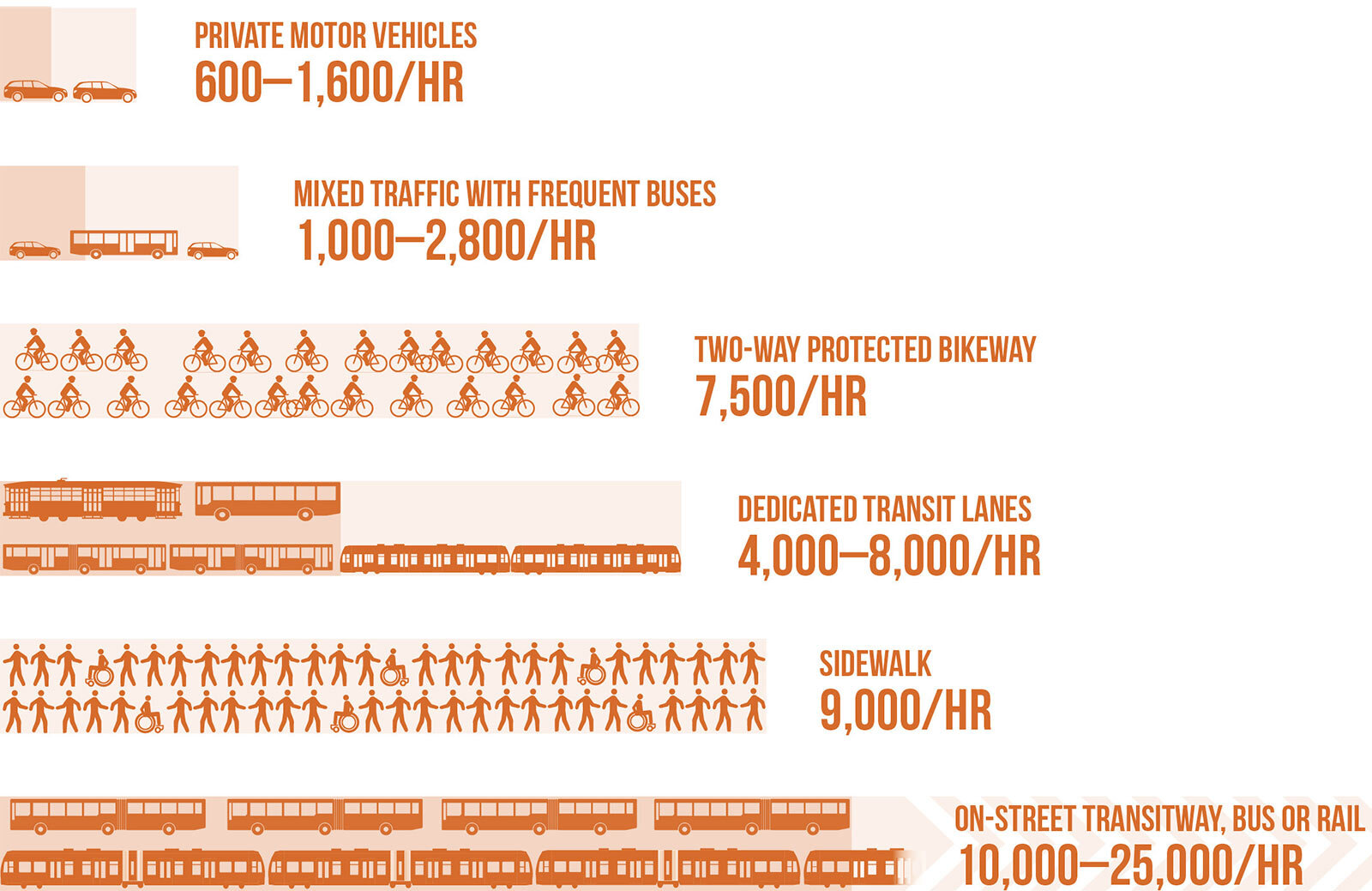For the summer of 2020 I will be releasing a series of articles reflecting on some of the things cities, and urban planners specifically, can be advocating and planning for to help in our fight against the climate crisis. These pieces will reflect on our transportation networks, the need for urban living, and protecting our natural resources while bringing them into the city. While these are not comprehensive of everything that needs to be done to turn the tide of this crisis, they will provide a different vision of what our world could be like if we commit to a different form of development.
At times the climate crisis feels too large to tackle with too many pieces that need to be addressed all at once. Many will point to the role of multinational corporations and their outsized impact on the environment, noting that 100 companies have been found to be responsible for 71% of emissions since 1988. They believe that these corporations should be forced to change while changing very little about their own behavior. Yes, those corporations need to be forced to change, but since the biggest culprits are gas giants like Exon and BP, our behavior impacts their decision making. I’ve spent this summer going through big picture ideas of how we can reshape our cities to help fight this crisis, but for the last piece in this series I want to focus on a few specific things we can do right now that will get us on our way.
Implement Your City’s Bike Plan
Every city I have lived in has some form of vision plan for an extensive bike network, yet very few have made significant progress implementing them. The planning has been done, the desired routes have been identified, yet we continue to wait. Some are waiting for funding to add protected bike lanes and streetscape elements along the routes, while others are stifled by backlash from communities worried about parking. But now is the time to jump start those plans.
Protected lane on Northern Boulevard in Queens, New York using a jersey barrier.
Protected lanes can often be done in low cost ways, such as using flex posts or parking blocks. Some places have even opted for jersey barriers which, while not visually appealing, offer high levels of protection for people on bikes. You can also make use of parking protected lanes that only require slightly more paint than a standard lane. Parking protected lanes often come with controversy due to drivers being uncomfortable with the new parking design, but cities shouldn’t be quick to revert back at the first sign of pushback. People can adapt and learn.
We should also remember that most lanes that cities have proposed are just standard lanes, simply requiring paint on the ground. Cities should be looking at their bike network plans every time a street is repaved, putting in their planned lanes as they go along. Even if these lanes are not fully connected initially, they’ll help build out the network faster and encourage their use.
Begin a Bus Network Redesign
Buses remain the backbone of our public transit systems, carrying the vast majority of transit riders in the country. They are also the most versatile transit mode, allowing them to adapt in a short period of time.Yet, as discussed in the earlier piece on public transit, few have significantly changed their networks to reflect the current geography of the communities they serve. This must change in order for these services to meet the needs of their current riders while attracting new riders, which is vital as we look to get more people out of their cars.
While complete redesigns can take several years, the process is much faster and cheaper and can be just as, if not more, effective than building out a rail network. New York, for example, has been working through its redesign process over the last few years, borough by borough, and has begun implementing some of these changes already. Smaller systems should be able to make these changes even faster and should start the groundwork now.
Consider Your Impact When Deciding Where to Live
In the previous piece I dug into the issues with single-family only zoning and our current suburban development patterns. Many of the changes needed to help fix this system will take time, including revamping zoning in municipalities, incentivizing more affordable housing in different forms, and implementing an urban growth boundary, but for those of us who may be moving sometime soon and have the economic ability, consider where you live and its impact on the environment. Whenever possible look for housing close to your work, perhaps along a transit line or bike network. Consider fixing up an older home purchased from your local land bank, or look for rentals (as we begin to decouple home ownership from wealth building, as it is in most of the world). You don’t need a large home for all of those family gatherings you hope to have, no matter what HGTV tries to sell you. Admit to yourself that most of that space will remain empty 98% of the time and find a more functional/efficient way to use a smaller space instead. While the apartment in the video below may be an extreme, we should be looking for ways to use our spaces in different ways to suit our varying needs.
Buy Small, Efficient Vehicles
Although we need to move quickly towards a future without personal vehicles to make the biggest impact on the climate crisis, many of us still live where cars are needed to different extents. If you are one of the millions of Americans in that situation, the next car you get should never be an SUV or pick-up truck (unless you work in construction). As noted in previous pieces, SUVs and trucks are held to much lower emissions and efficiency standards than sedans, making our overwhelming shift to these vehicles even more dangerous. Some will argue they are more efficient than ever before, but that’s a low bar to clear.
Others will argue that they need them due to the harsh winters their cities experience. As someone who has lived in Syracuse, NY for most of my life and has driven through Upstate New York through heavy snow and ice, you don’t. Instead you should consider whether it is vital for you to drive that day, if there is another way for you to get to your destination (perhaps the bus in some cases) if the trip is vital, or spend some extra time shoveling out your vehicle as many of your biggest issues come with simply getting out of your parking space. This also ties in with where you live, as the further out you live the less transportation options you tend to have to reach your destinations, making it far more likely for you to need to drive in bad weather.
Kids sitting in front of an SUV illustrating the size of the blind spot the taller hoods create.
Source: ABC 7 WJLA https://wjla.com/features/7-on-your-side/7-on-your-side-children-killed-accidentally-run-over-by-vehicles-with-blind-spots
Still others will argue that they need the bigger vehicle to keep their children safe when driving. While this seems logical, the simple act of you driving that vehicle puts everyone else’s life at risk, including your kids as soon as they are not within the confines of your vehicle. SUVs and trucks have dangerous blind spots, as demonstrated by the image above where every child in front of that car is impossible to see by the driver. SUVs and trucks are also far more likely to kill anyone they strike, regardless of speed, due to the increased height of their hoods. Instead of striking someone at their legs, they hit directly in the chest of most people, if not their heads, causing far more internal damage, often leading to death. If we want people to walk and ride bikes more often, which is needed to truly fight the climate crisis, we need to make sure they are safe while doing so. These increasingly large vehicles put everyone’s life in danger, which has been shown by the sharp increases in pedestrian deaths over the last decade, coinciding with the increased adoption of these vehicles. Part of this is caused by the increased security drivers feel in these vehicles, which results in riskier driving maneuvers and more aggressive driving in general. (Consider picking up a copy of Crash Course by Woodrow Phoenix, which is an excellent illustration of the dangers of our current road networks).
While hybrid vehicles have been shown to have the negative effect of encouraging people to drive more, they are still a better option for most families. For others, opting out of ownership and relying on car share services, such as Via, should be considered, although this is only a true option for those living in cities with a decent level of saturation in this market.
Make Our Covid Open Streets Permanent and Open More
The last immediate recommendation I have is to simply make some of the changes we’ve made to adapt to our new Covid-19 reality permanent. Cities across the country, of all sizes, closed off streets to traffic to open them for people to walk, bike, and dine out to great success. We shouldn’t turn back now, even in winter. Adding heat lamps and coverings can help extend outdoor dining throughout the winter helping restaurants keep their capacities up while avoiding risky indoor dining options.
Open streets in New York have helped small businesses reach new customers and keep them alive while encouraging people to explore their neighborhood businesses more than ever before. Rethinking our streets as places for people instead of cars can help shift our relationships with our neighborhoods, helping us stay local and explore places on foot instead of feeling the need to drive. This only works if we expand these programs so that everyone is within walking distance of an open street network.
Together, each of these actions can have significant impacts on our use of fossil fuels, helping to break the influence of those major corporations that have caused so much damage while improving our quality of life and increasing our sense of community. This isn’t just about saving ourselves and future generations from harm, but also about deciding to invest in a better future, one that is more communal and supportive than the me-centric suburban sprawl we currently endure.


